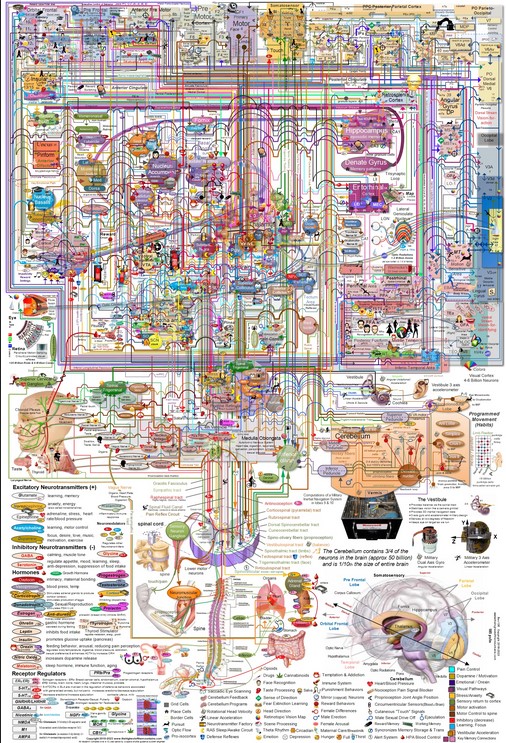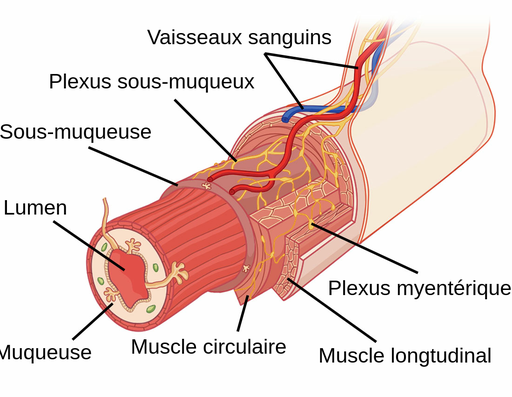Tuesday, 30 April 2024
The so-called second brain in your intestines
After I deliver lectures about the human brain, one question that people often ask me is, “Is there really a ‘second brain’ in my belly, and if so, how is that possible?” I have to tell them that for someone like me, who many years ago did his master’s research on an invertebrate—more specifically, on a marine mollusk called the sea slug—there’s nothing surprising about finding neurons in parts of the body besides the brain. Because, like my sea slug, the phylogenetically oldest animals on Earth began by having clusters of neurons (what are often called ganglia) in many different parts of their bodies. For example, the sea slug has ganglia in its mouth, feet, and brain (where the ganglia are no bigger than anywhere else) as well as in its abdomen . It was only later in evolution, and especially in vertebrates, that increasing cephalization occurred: a concentration of neurons in the rostral portion of the neural tube (in other words, in the head). But that doesn’t mean that the other neurons, such as those in the abdomen, disappeared! (more…)
From the Simple to the Complex | Comments Closed
Thursday, 4 April 2024
The Brain Is Not a Space Shuttle
 Recently, someone made me aware of an impressive graphic that attempts to use current neuroanatomical data to show how the brain’s circuits are interconnected, somewhat like the graphics that biochemists use to represent cellular metabolism.
Recently, someone made me aware of an impressive graphic that attempts to use current neuroanatomical data to show how the brain’s circuits are interconnected, somewhat like the graphics that biochemists use to represent cellular metabolism.
I have never before seen any schematic representation of the brain’s circuits that pulls together so much information, both in its detailed version and in its simplified version, which shows the brain’s main circuits in the sagittal plane. The box in the lower left-hand corner of this graphic states that the research required to develop it was done by an aerospace engineer who had worked on the design of the space shuttle’s guidance system and who spent over four years analyzing over 1000 neuroscientific studies to prep this schematic. (more…)
From the Simple to the Complex | Comments Closed









